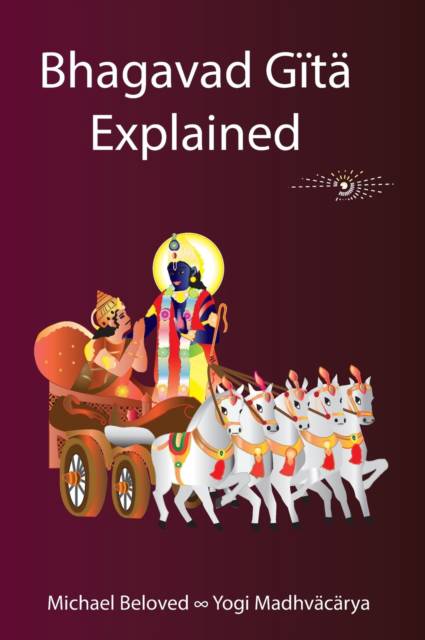
- Retrait gratuit dans votre magasin Club
- 7.000.000 titres dans notre catalogue
- Payer en toute sécurité
- Toujours un magasin près de chez vous
- Retrait gratuit dans votre magasin Club
- 7.000.0000 titres dans notre catalogue
- Payer en toute sécurité
- Toujours un magasin près de chez vous
Description
As a philosophical treatise and a religious canon, Bhagavad-Gita stood the test of time. With the prevalence of literacy, many hundreds of published and unpublished translations and commentaries abound. People find solace in the philosophy of Gītā and existential security in the promises given by Sri Krishna. Gītā was abused and is still subjected to harassment by philosophers and preachers who find it necessary to use it to support their doctrines and claims.
This translation shows what Sri Krishna explained to Arjuna in terms of their cultural situation. At least in so far as the Mahābhārata described.
This translation stands apart from others by its lack of exploitation of the Gītā for missionary or for philosophical purposes. Once you begin reading this, you may be reluctant to put it down. This really can put you in touch with Lord Krishna and with Arjuna, the initially discouraged but later courageous and enlightened warrior.
Most of all, this volume opens the door to understanding the life style of persons who lived in the time of Śrī Krishna. With that clarification, you can methodically and consistently integrate the Gītā.
As a philosophical treatise and a religious canon, Bhagavad-Gītā endured the test of time. With the prevalence of literacy, many hundreds of published and unpublished translations and commentaries abound. People find solace in the philosophy of Gītā and existential security in the promises given by Sri Krishna.
This exceptional translation and commentary opens an avenue to Krishna's explanations about the mysteries of material existence, the individual self and the Supreme Being. It answers many questions, some of which are:
Who are we? What is our purpose? Is there an eternal self? Is this physical world the one and only dimension?
Spécifications
Parties prenantes
- Auteur(s) :
- Editeur:
Contenu
- Nombre de pages :
- 606
- Langue:
- Anglais
Caractéristiques
- EAN:
- 9781942887997
- Date de parution :
- 20-05-21
- Format:
- Livre relié
- Format numérique:
- Genaaid
- Dimensions :
- 178 mm x 254 mm
- Poids :
- 1256 g

Les avis
Nous publions uniquement les avis qui respectent les conditions requises. Consultez nos conditions pour les avis.






